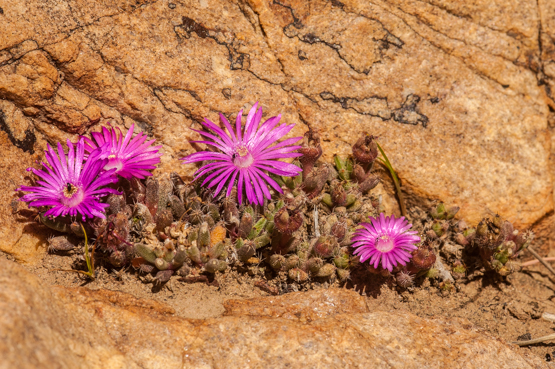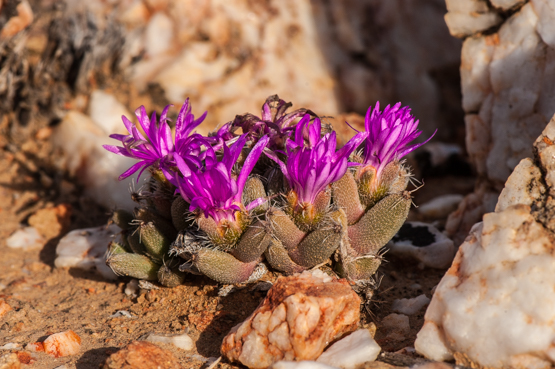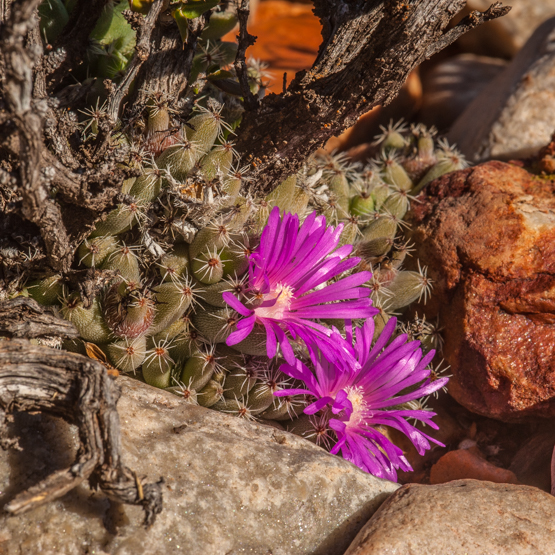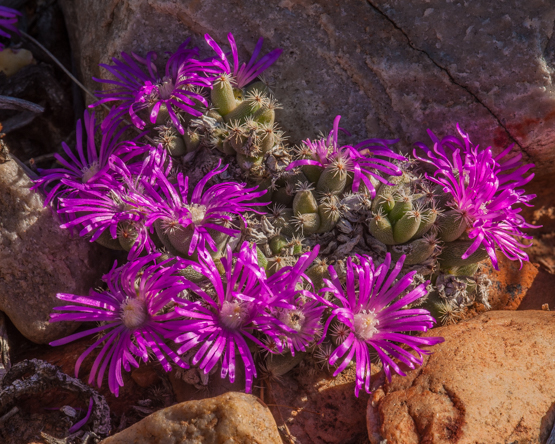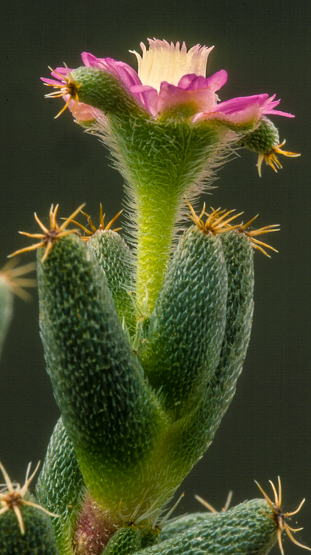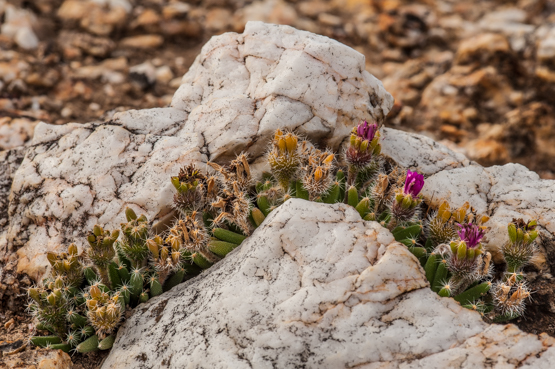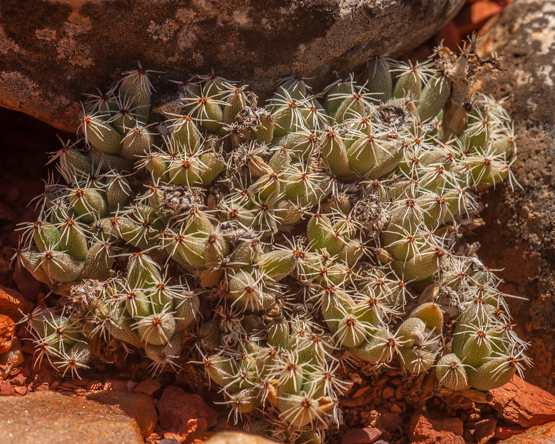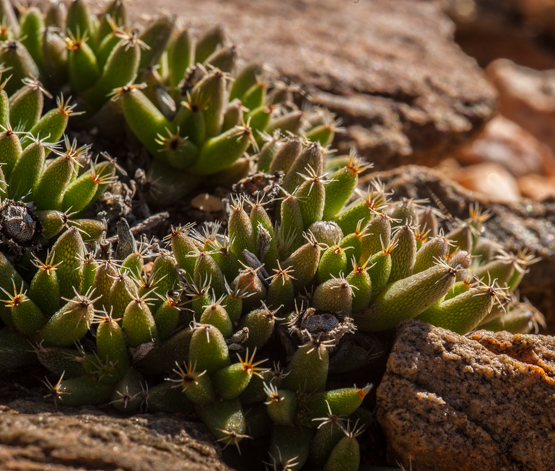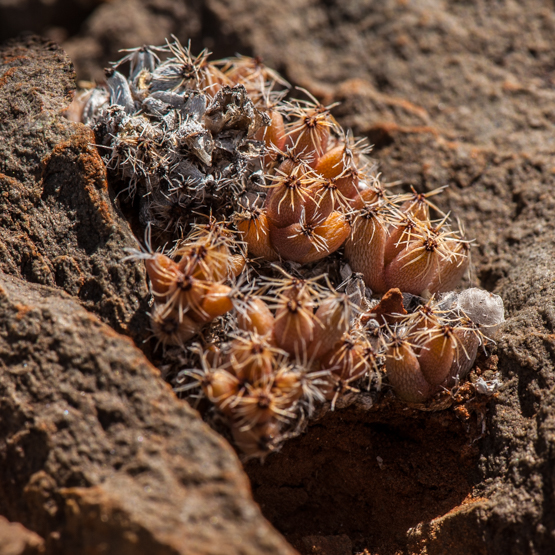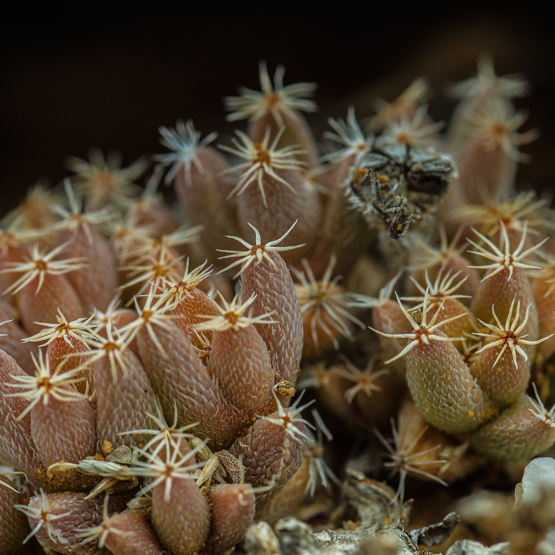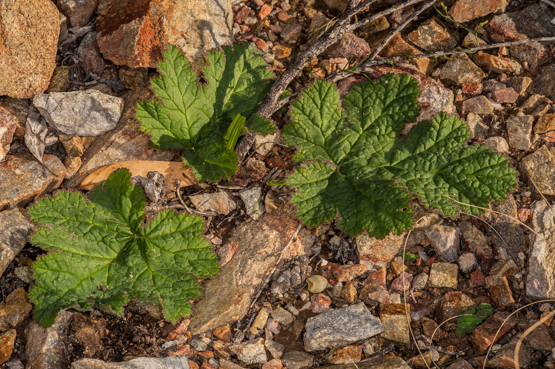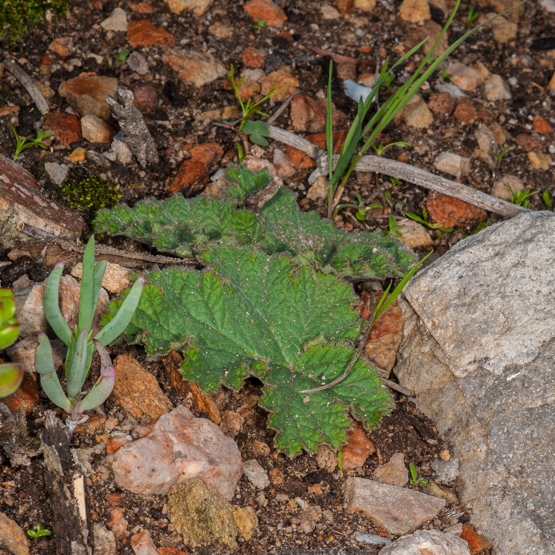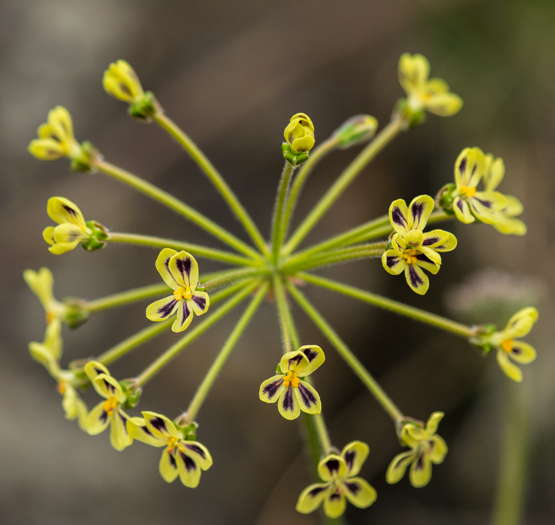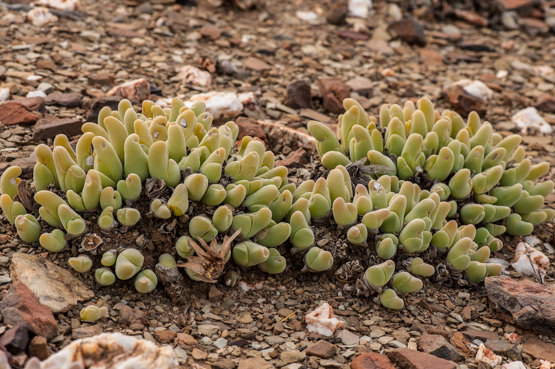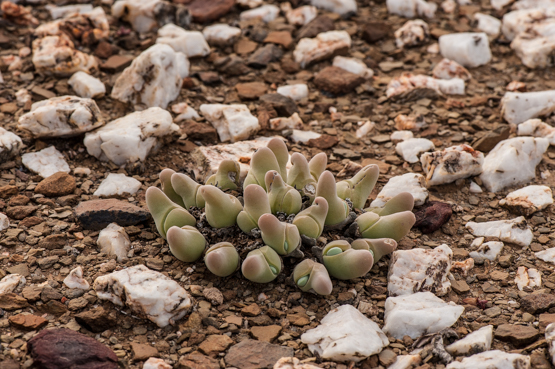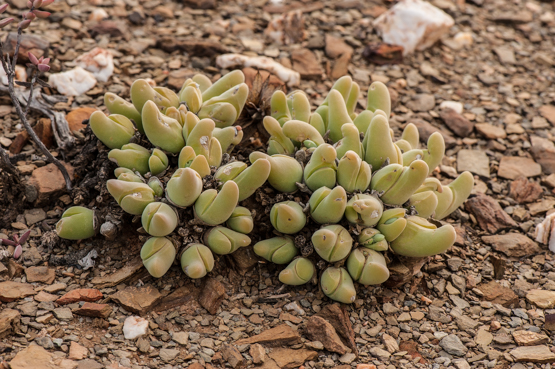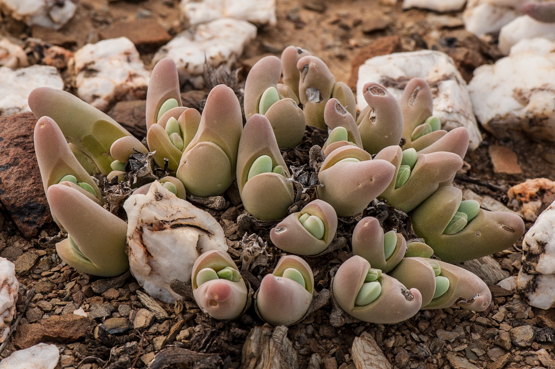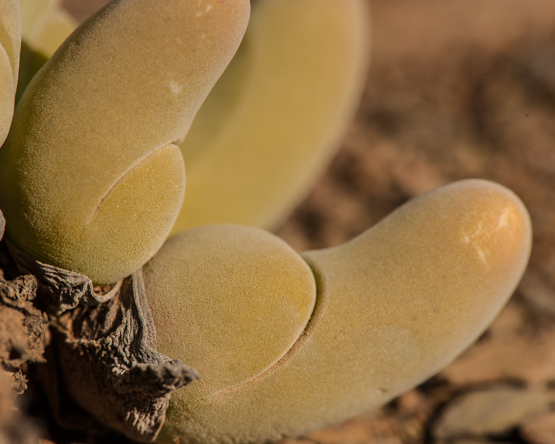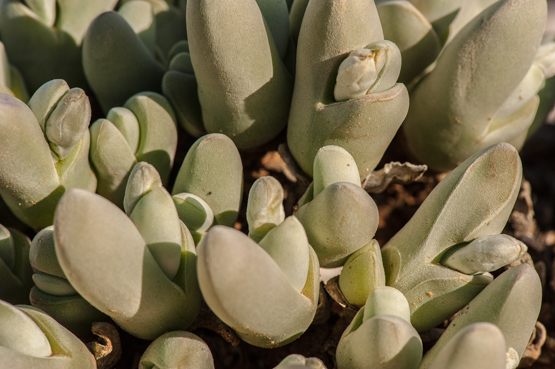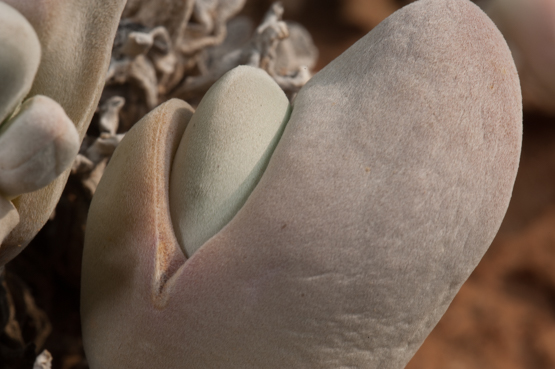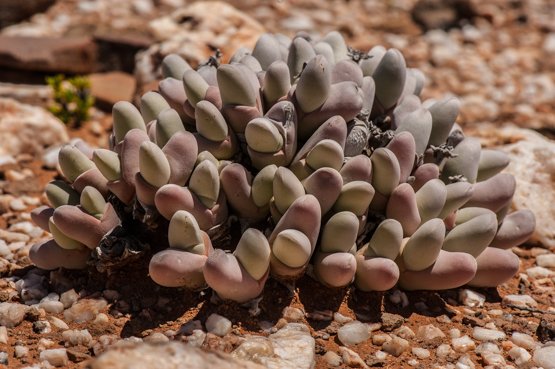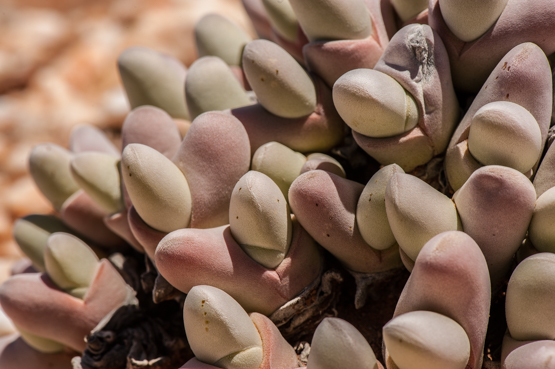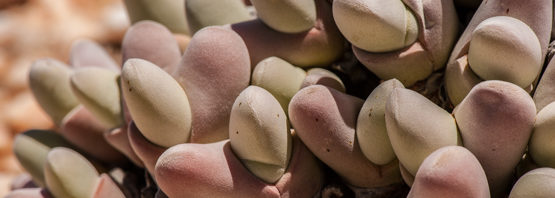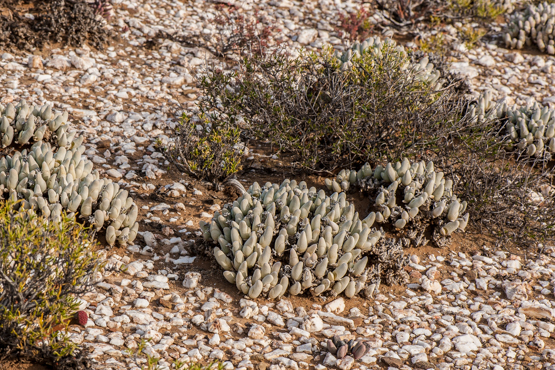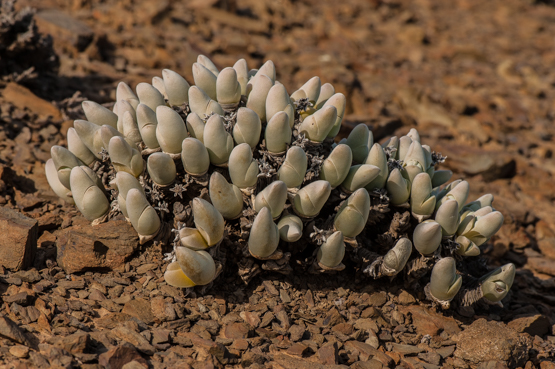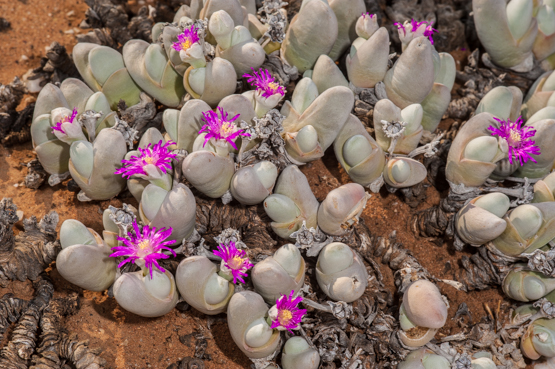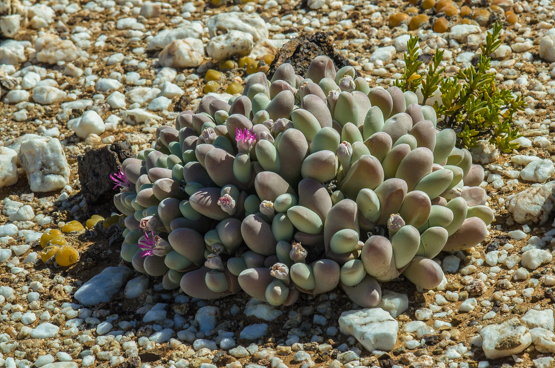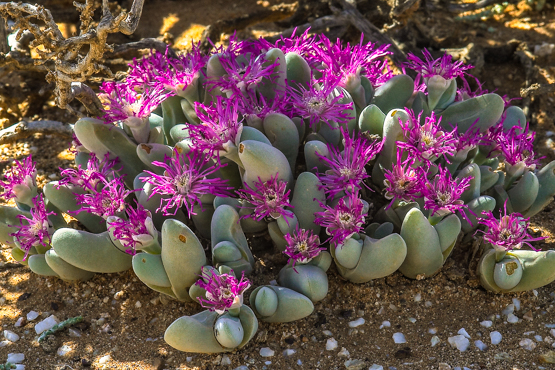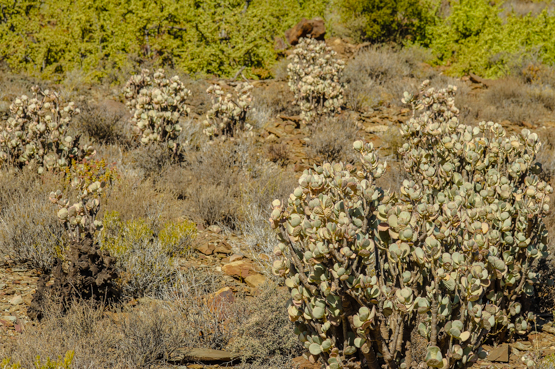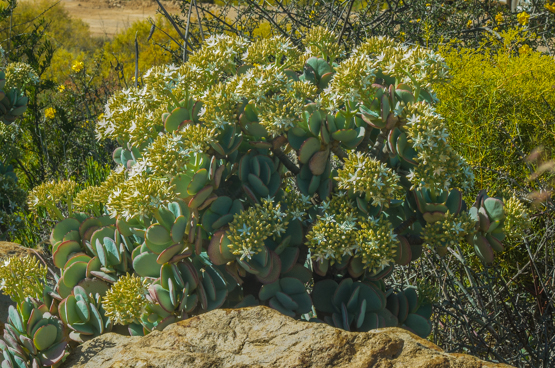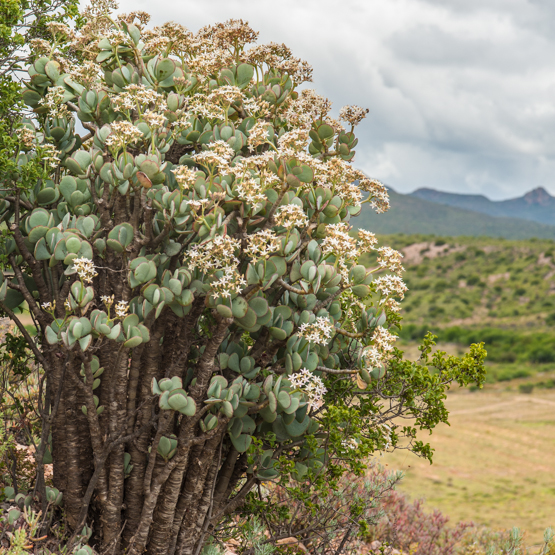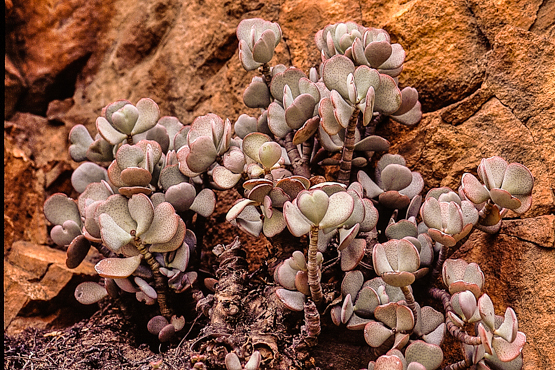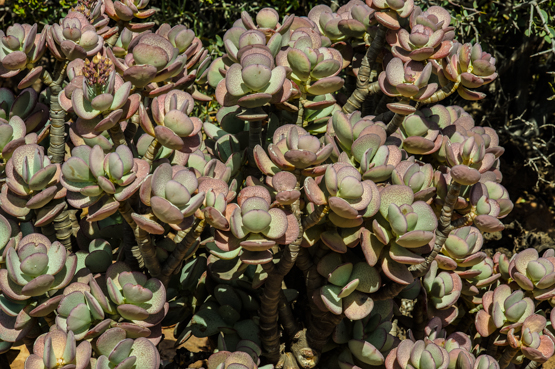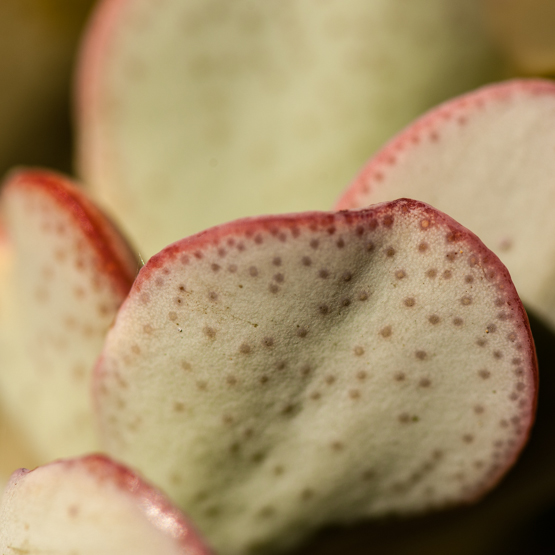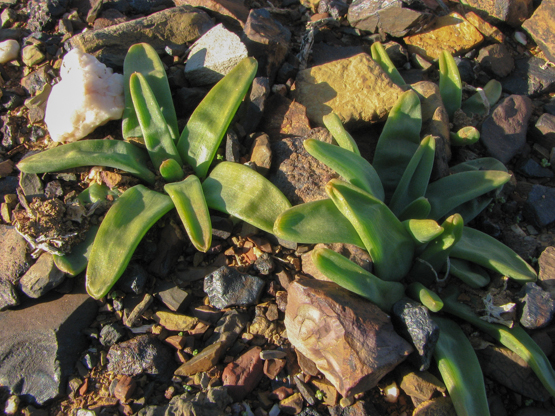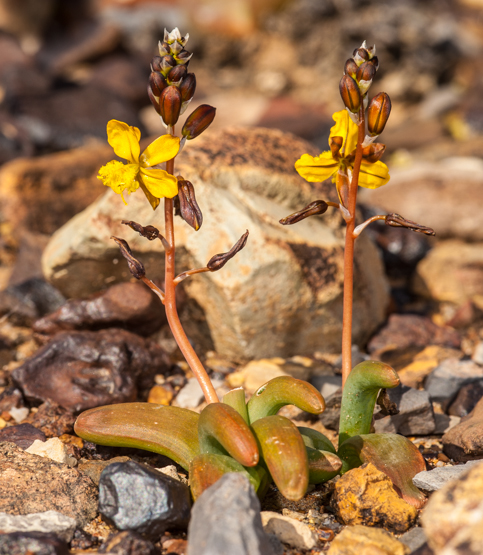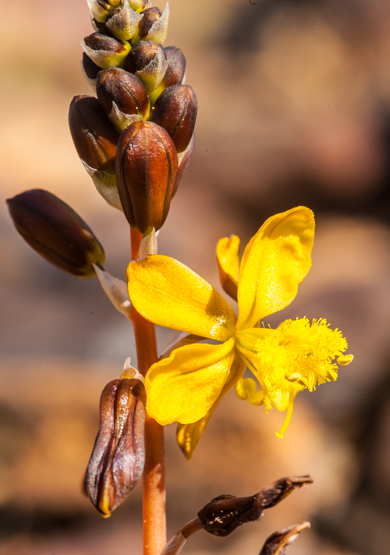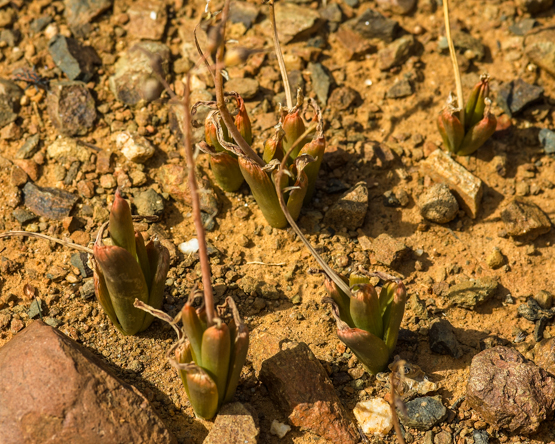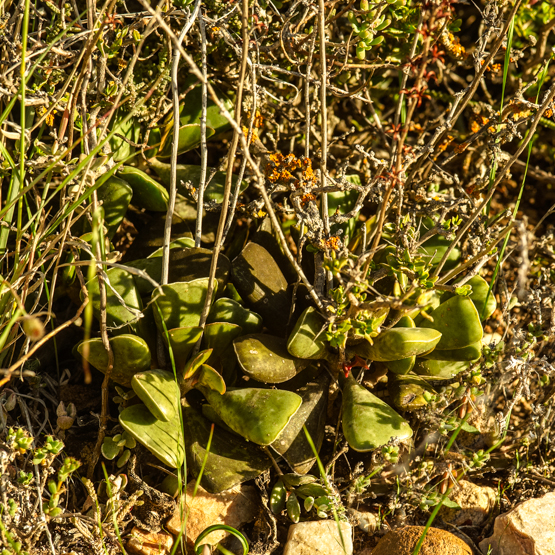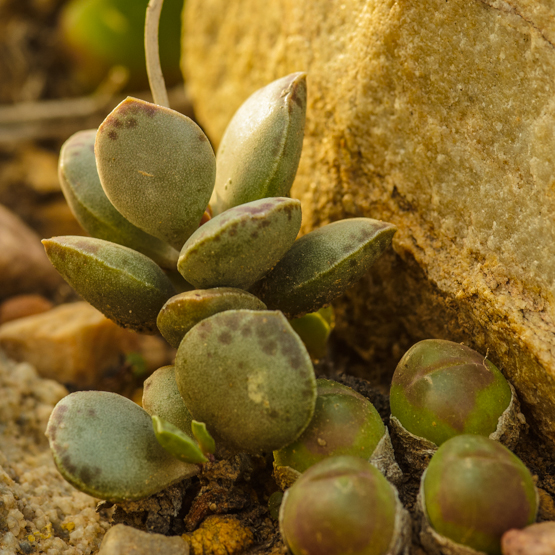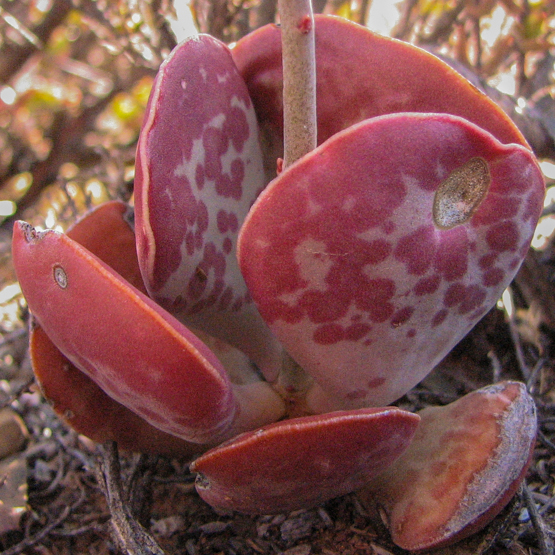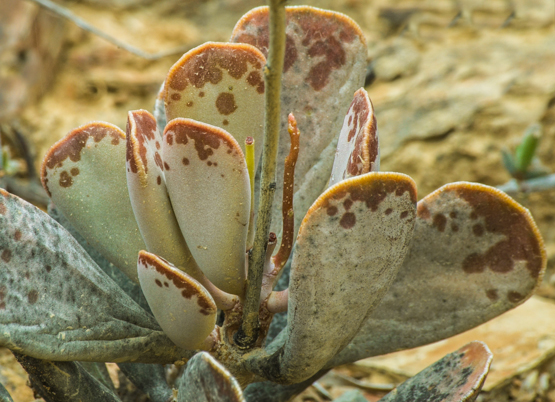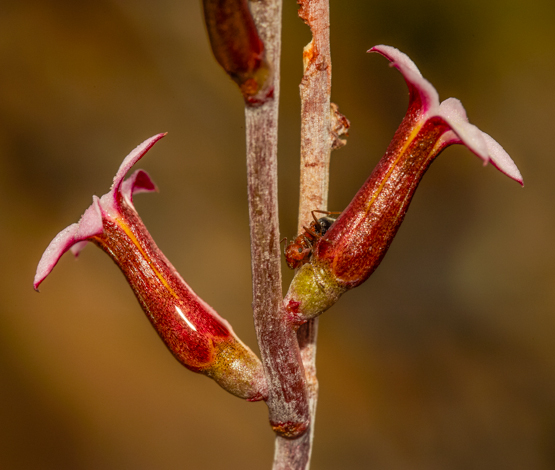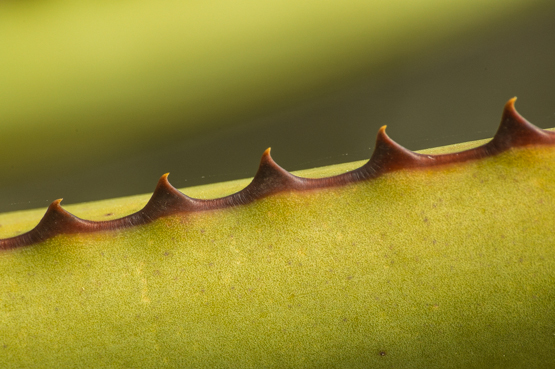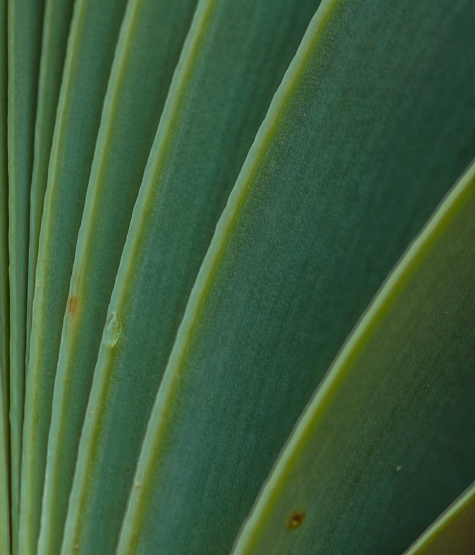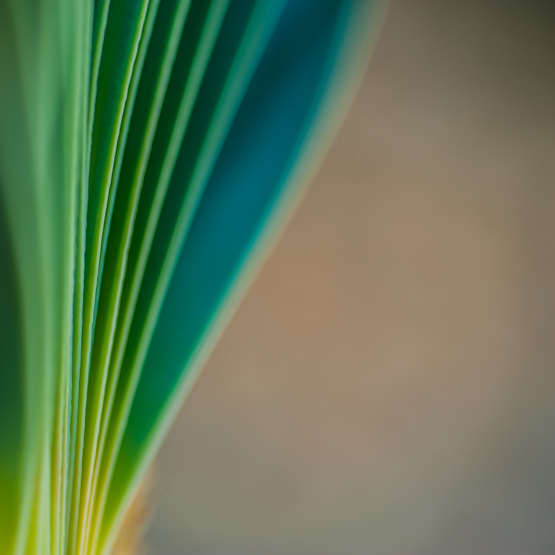Tag: South African succulents
Trichodiadema marlothii (part 1 of 2)
In the Montagu area and further to the east and northeast, this species is rather common on quartz patches, in rock crevices and in other stony places. In spite of that, one does not often find it mentioned in the literature.
The species belongs to the group of nicely compact Trichodiademas, of which T. densum is the best known. In the wild, the plants get no taller than 4 cm.
The leaves are beautifully covered in big bladder cells with long points at the tip.
In the description it says that the diadem has 5-10 bristles, but in all the plants I have seen there are about twice as much.
The flowering period is from May through August.
This species can be distinguished from similar ones by the fact that the fruits have 6 compartment, rather than the usual 5.
Pelargonium lobatum
Last week I saw flowers of this species in the wild for the first time ever. The pleasure was even greater because it was completely unexpected (according to the literature the flowers appear from September through November).
Pelargonium lobatum is a geophyte with a very large, woody tuber. The leaves lie more or less flat on the ground and are usually 3-lobed. They are extremely large: up to over 30 cm in diameter.
Up to 20 flowers are borne on a sturdy peduncle. They are usually dark purple to almost black with dull greenish yellow margins and base. At night they give off a clove or cinnamon scent.
The species occurs from Piketberg to Knysna on sandy flats and against hillsides.
Gibbaeum pubescens and G. shandii (part 3/3)
Gibbaeum pubescens and shandii (part 2/3)
Gibbaeum pubescens and G. shandii (part1/3)
These two species are closely related and often difficult to tell apart at first sight. In fact there is only one cast-iron distinguishing character.
In The Gibbaeum Handbook (1953), G.C. Nel wrote the following with regard to G. shandii:
” This species is related to, and resembles G. pubescens in its general appearance so much that one can only decide after examining the tomentose covering with a hand lens, whether it is G. pubescens or G. shandii. The tomentose covering of G. shandii consists of separate, stellately branched hairs and the underlying greenish epidermis can be seen between the hairs. With the naked eye, the hairy covering seems continuous. The thick tomentose covering of G. pubescens consists of minute simple hairs pointing downwards and closely adpressed to the epidermis, to such an extent that the underlying epidermis is entirely covered by them. These two species occur either together in the same patch or they may be separated, at times, by a short distance. Both these two species form large white greyish cushions of various sizes.”
He then ends his discussion of this species as follows:
“The description of G. pubescens is valid for that of G. shandii. The only important difference is in the nature of the tomentose covering.”
In the light of the above it is not surprising that in 1983, H. F. Glen decided to reduce the rank of these two species to subspecies (G. pubescens ssp. pubescens and G. pubescens ssp. shandii resp).
Both (sub)species occur in the area between Ladismith and Barrydale in the Little Karoo.
The five pictures of G. pubescens ssp. pubescens shown here were taken at the following dates:
1,2: 30 June 2013
3: 14 Sept. 2010
4,5: 26 Sept. 2006
Crassula arborescens ssp. arborescens
With stems up to 2 m tall and sometimes as much as 20 cm in diameter, this species really lives up to its name (arborescens = growing into a tree).
The plants occur mainly in the mountains between Worcester and Prince Albert and are
often abundant in clayey soil on rocky slopes and outcrops.
The flowers appear in spring and summer (Oct.-Dec.).
Bulbine succulenta
Why would a plant like this spend a lot of water and energy to produce succulent leaves, only to let them die back when the dry period arrives?
The only reason I can think of is the following: in winter there is a surplus of water, which the woody underground tuber cannot absorb quickly enough.
Leaves, even succulent ones, can grow much faster than tubers, and therefore can store more water in a shorter period. When the weather starts becoming drier and hotter, the water in the leaves is then gradually absorbed by the tuber.
This recycling of water is best known from the mesemb family. It works a bit differently there (for one, very few Mesembs have tubers) but the general idea seems to me to be the same. For more info on this phenomenon, have a look at Water recycling in succulents.
B. succulenta is often locally abundant in the western part of the Little Karoo and further northwards (Tanqua Karoo and Bokkeveld Mts).
Although the leaves in this species may be up to 13 cm long, they are usually much shorter; the width varies from 0.3-1 cm.
The flowers appear from July through September and are yellow (as in nearly all Bulbines).
Pictures are in chronological order:
1 taken 11 July
2 and 3: 4 Sept.
4: 1 Oct.
.
Adromischus triflorus (1)
Many Adromischus species are quite variable and this one is no exception.
Looking at the pictures you will get some idea of the differences in size, colour, markings and shape of the leaves.
A. maculatus is often quite similar, but there the horny leaf margin runs all around the circumference of the leaves, whereas in A. triflorus it is only present in the upper half.
The species occurs on lower sandstone slopes and rocky outcrops from Clanwilliam to Worcester, Mossel Bay and Steytlerville; in the Little Karoo it is the most common Adromischus.
The relatively large flowers appear from November to January.

